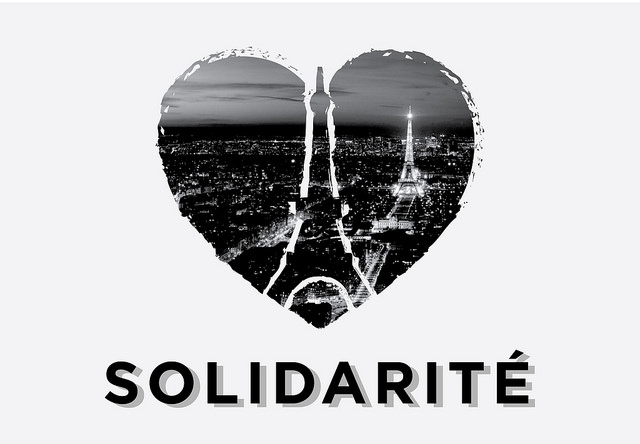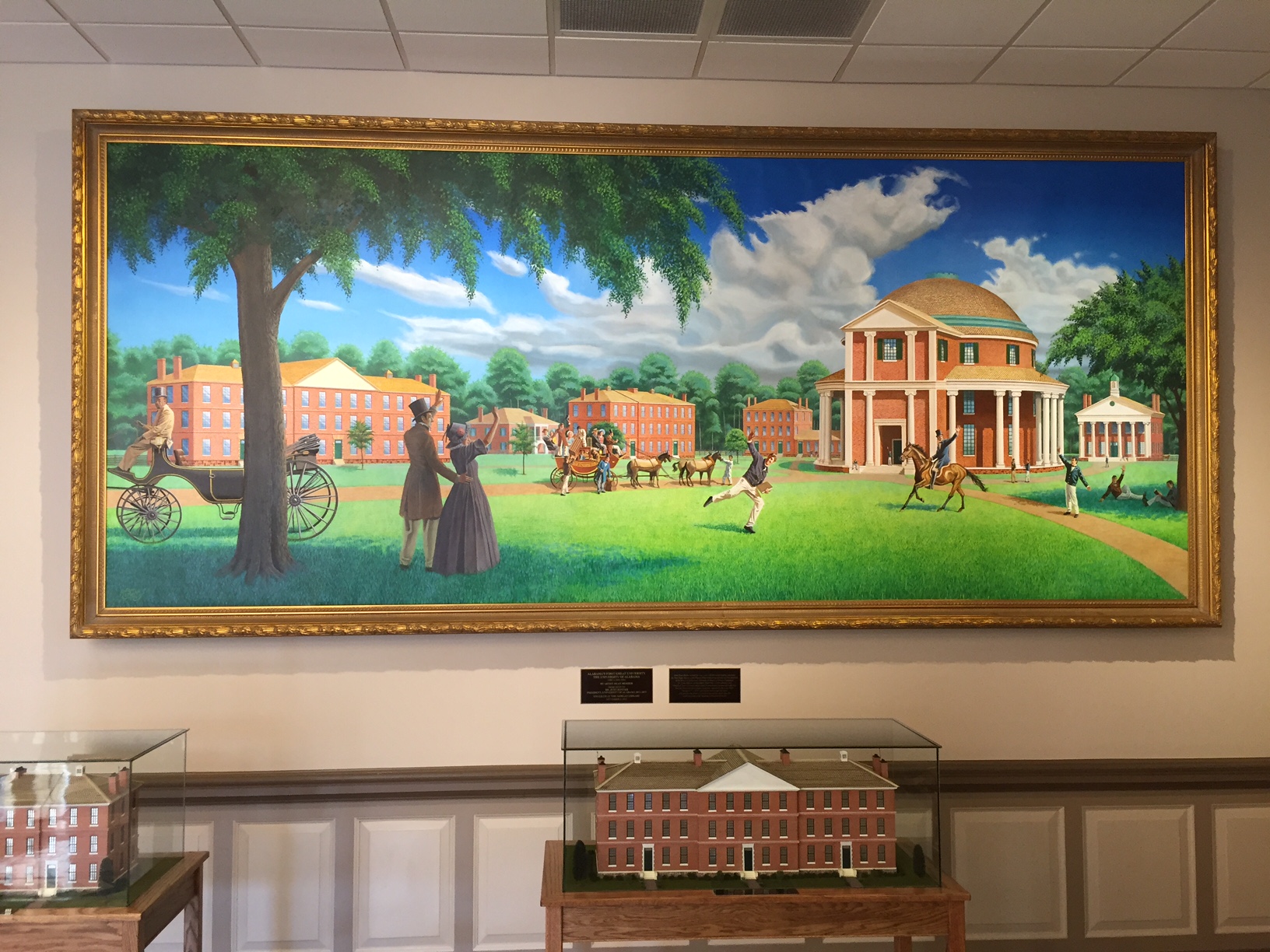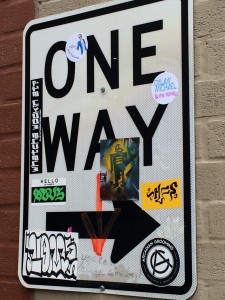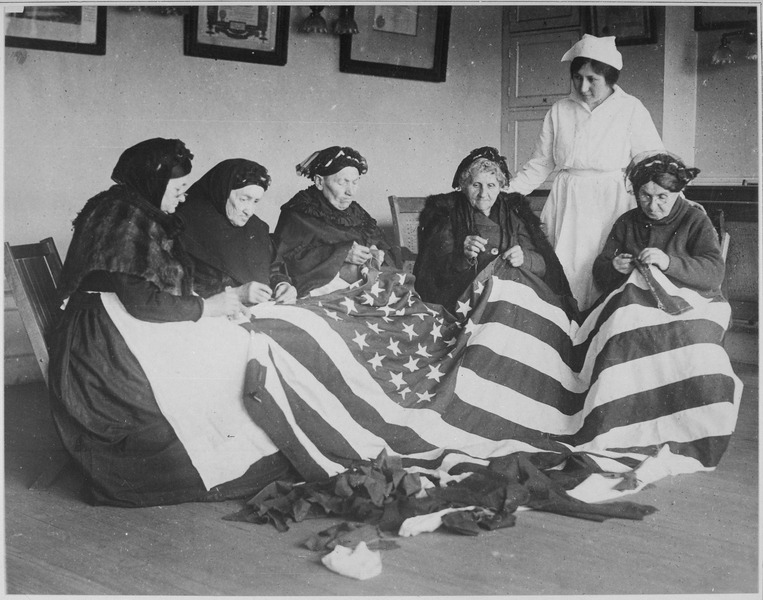 The deadly attacks in Paris last Friday have generated sincere expressions of shock, solidarity, mourning, and anger from around the world, yet that response also generated critical hashtags such as #selectivemourning. As many have discussed in social media and articles, bombings in Beirut the previous evening received only limited coverage in the US media and few mentions on social media. We can blame the media, but that is a little simplistic, as the media not only directs our interests but also reflects them. If sufficient numbers in the audience clamored for more information about the attacks in Beirut or previous attacks on civilians over the past twelve months in Nigeria, Kenya, Yemen, Afghanistan, and Pakistan, perpetrated by a range of forces, then the media coverage would increase. In fact, most who have pointed out the imbalance in the coverage are only doing so in the light of the Paris attacks. Few changed their Facebook profile photos for solidarity with Lebanon, despite it appearing in the news. Continue reading “It’s All About Us”
The deadly attacks in Paris last Friday have generated sincere expressions of shock, solidarity, mourning, and anger from around the world, yet that response also generated critical hashtags such as #selectivemourning. As many have discussed in social media and articles, bombings in Beirut the previous evening received only limited coverage in the US media and few mentions on social media. We can blame the media, but that is a little simplistic, as the media not only directs our interests but also reflects them. If sufficient numbers in the audience clamored for more information about the attacks in Beirut or previous attacks on civilians over the past twelve months in Nigeria, Kenya, Yemen, Afghanistan, and Pakistan, perpetrated by a range of forces, then the media coverage would increase. In fact, most who have pointed out the imbalance in the coverage are only doing so in the light of the Paris attacks. Few changed their Facebook profile photos for solidarity with Lebanon, despite it appearing in the news. Continue reading “It’s All About Us”
At the Painting’s Edge

Our campus has a new painting, hanging in the lobby of our main library, depicting the University of Alabama prior to the Civil War — near the end of which most of the campus was burned down by northern troops passing through the city. But here, in this roughly 6 by 14 foot vibrant painting, we see the Rotunda brought back to life, as well as several other now missing buildings (only the remains exist today, such as a pile of debris that was once Franklin Hall that has come to be known as “the Mound“). Continue reading “At the Painting’s Edge”
Strategic Ideologies
Prompted by the discussion surrounding Rachel Dolezal’s NAACP resignation, this series of posts is about how and when we take performativity seriously…, and when it bows to interests in historical or experiential specificity.
Race, as many have pointed out for years, is not biological. This point raises questions about the basis on which it is determined. Is it ancestry, appearance, cultural practice, or something else? That complicated question has come to greater prominence in light of the media circus around Rachel Dolezal and her assertion of an African-American identification. While discussions of Dolezal often focus on the process of self-identification and strategic choices made in relation to that self-identification, I want to focus, instead, on the strategic nature of the act of ascribing identification to someone else. Continue reading “Strategic Ideologies”
They’re Just Old Buildings, Right?

Prompted by the discussion surrounding Rachel Dolezal’s NAACP resignation, this series of posts is about how and when we take performativity seriously…, and when it bows to interests in historical or experiential specificity.
My brother, Elliot, who died in 1996, was mentally disabled. That’s him above, with my two sisters. And that’s me on the far right; he was 12 years older than me and, as a baby, had taken a particularly bad fall from his highchair; presumably, that’s what caused what, just a couple years later, became painfully apparent to my parents: he had no speech development and began suffering from repeated grand mal seizures. I won’t belabor the tragedy of his life and death, but suffice it to say that in the 1950s there was little choice but to institutionalize him, when he was a young boy, in a government-run institution. So his profound cognitive problems were quickly compounded by a number of physical problems — who knows what all abuse he was subjected to over the course of his life, but from the “cauliflower ears” and missing teeth that soon resulted, well…, it was apparent that life in the institution was horrendous. Continue reading “They’re Just Old Buildings, Right?”
The Moves We Make

Prompted by the discussion surrounding Rachel Dolezal’s NAACP resignation, this series of posts is about how and when we take performativity seriously… and when it bows to interests in historical or experiential specificity.
If I’m counting, I’ve read exactly one smart thing about Rachel Dolezal on the internet—Adolph Reed Jr.’s “From Jenner to Dolezal: One Trans Good, the Other Not So Much” (thanks, Craig Martin, for directing my attention to it). In the piece, Reed says, among other things, that the distinction between trans people’s “involuntary” decision and Dolezal’s “active choice” where self-identification is concerned “is mind-bogglingly wrong-headed, but it is at the same time thus deeply revealing of the contradictoriness and irrationality that undergird so much self-righteous identitarian twaddle.” But wait, I’m getting ahead of myself. I need to explain why I think we should still even be talking about Rachel Dolezal, right? Continue reading “The Moves We Make”
Finding the Frames
 As we have repeatedly argued at this site, how we classify acts tells us much about the world we are trying to create. And among those telling acts of identification are choices to see something as evidence of a widespread structural issue in which many of us are all implicated or, instead, as the unpredictable result of a lone actor with impenetrable motives. We’ve seen debates on this before, of course, and, in light of the mass murder of nine black parishioners at the Emanuel African Methodist Episcopal Church in Charleston, SC, just two evenings ago, by a white suspect who is now in custody, well…, we’re seeing this debate take place again. Continue reading “Finding the Frames”
As we have repeatedly argued at this site, how we classify acts tells us much about the world we are trying to create. And among those telling acts of identification are choices to see something as evidence of a widespread structural issue in which many of us are all implicated or, instead, as the unpredictable result of a lone actor with impenetrable motives. We’ve seen debates on this before, of course, and, in light of the mass murder of nine black parishioners at the Emanuel African Methodist Episcopal Church in Charleston, SC, just two evenings ago, by a white suspect who is now in custody, well…, we’re seeing this debate take place again. Continue reading “Finding the Frames”
What Gang Do You Claim?
 In December of 2013, Russell McCutcheon penned a blog piece about the sign language interpreter at Nelson Mandela’s memorial service who was caught signing what many regarded as gibberish. McCutcheon’s post made two principle points: First, all signs are arbitrary and rely on agreed upon codes, policing and assumptions between those doing the communicating for any communication or “meaning” to be enacted. Second, the backlash faced by the interpreter demonstrates that “just because something is made up… does not mean that it doesn’t have consequences, doesn’t have effect.”
In December of 2013, Russell McCutcheon penned a blog piece about the sign language interpreter at Nelson Mandela’s memorial service who was caught signing what many regarded as gibberish. McCutcheon’s post made two principle points: First, all signs are arbitrary and rely on agreed upon codes, policing and assumptions between those doing the communicating for any communication or “meaning” to be enacted. Second, the backlash faced by the interpreter demonstrates that “just because something is made up… does not mean that it doesn’t have consequences, doesn’t have effect.”
If you haven’t heard, a few days ago Minneapolis mayor Betsy Hodges claimed her allegiance to a local area gang. Or so an intensely politically problematic and pedagogically potent news report from KSTP 5 Eyewitness News (out of Saint Paul, MN) declared. Continue reading “What Gang Do You Claim?”
Why It’s Not “Victor’s Secret”

As I often point out to my Feminist Theory students, there’s a reason why Victoria has a secret, but Victor doesn’t. In other words, there’s a reason why women have “lingerie” and men have “underwear.” Although we’re clearly talking about undergarments, the words here matter. As might be obvious, the former term has a sexual intent behind it that the latter simply doesn’t. One could argue that what the model is wearing in the above photo has sex appeal because the consumer ultimately imagines its removal: lingerie is something you take off, while underwear is something you put on. And yet part of the allure of the lingerie above is that it must also be on to “work” – through the magic of underwire and spandex and every other sort of “suck it in, push em up” technology, the above body is simultaneously a manufactured one that the lingerie makes (a function perhaps desirable only to those who are non-supermodels). And here we come across another interesting double-standard in undergarment function, for I cannot recall hearing of any sort of mainstream line of men’s underwear that has a “tummy control” panel. Continue reading “Why It’s Not “Victor’s Secret””
Unspoken Nationalism
 Multiple cases of the shooting deaths of unarmed men (who often are African-American) in the streets of the United States at the hands of people who are supposedly working to protect others from violence (and who typically are not African-American) have generated important discussions about institutional racism, hatred, and the militarization of police. In “What White People Can Do About the Killing of Black Men in America,” an editor at the Huffington Post writes,
Multiple cases of the shooting deaths of unarmed men (who often are African-American) in the streets of the United States at the hands of people who are supposedly working to protect others from violence (and who typically are not African-American) have generated important discussions about institutional racism, hatred, and the militarization of police. In “What White People Can Do About the Killing of Black Men in America,” an editor at the Huffington Post writes,
White Americans like me have to stop channel surfing all the outrageously bad news from around the world and focus on the death that is happening in our own cities to our fellow Americans.
Out of the Mouths of Sailors: Cussing and the Power of the Selective Double Standard

Photo credit: Joshua Eirton
I distinctly remember the day in fifth grade when I was chastised by my peers for not knowing the proper litany of cuss words that, apparently, all fifth graders know. I was the teacher’s pet type who wouldn’t have used those words had I even known them (oh, how things have changed!), but I distinctly remember that my ignorance made me feel babyish and unsophisticated. Of course, I didn’t have the wherewithal at the time to recognize that fifth graders are not usually the standard bearers of maturity and style, but the fact that I could not engage in a secret barter of offensive terms made it clear that my chance at becoming one of the cool kids was being jeopardized by the minute. Another particularly ominous sign came by the sixth grade, the year that I proved that I was inadequately equipped to flip someone off. When I tried, my middle finger simply didn’t look as offensive and foreboding (or, strangely, straight) as the fingers of my peers. In retrospect, only my Reebok high tops saved me. Continue reading “Out of the Mouths of Sailors: Cussing and the Power of the Selective Double Standard”
